If you’re having trouble with your Samsung fridge condenser fan not working, don’t panic. This is a common issue that can be fixed without calling in an appliance repair technician. First, make sure the power cord isn’t damaged or loose.
If it looks fine, then try cleaning the fan blade and motor to remove any dust buildup that could be blocking air circulation. If this doesn’t work, you may need to replace the fan motor altogether. Fortunately, these are fairly inexpensive parts and easy to install if you follow the instructions carefully!
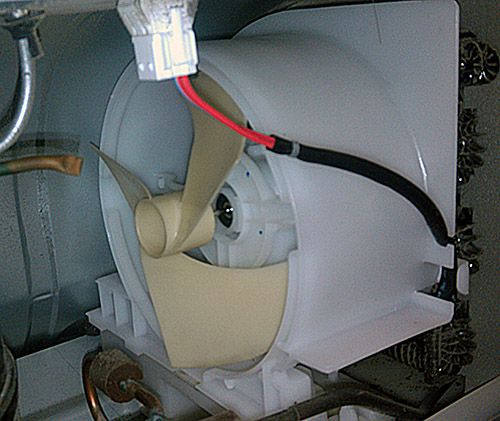
The Reasons for Samsung Fridge Condenser Fan Not Working
There could be several reasons why the condenser fan in a Samsung fridge is not working. Here are some possible causes:
Temperature switch: If there is no power going to the fan when the condenser is hot, then the problem could be with the temperature switch.
Defective fan motor: If the condenser fan motor is not working properly, the refrigerator won’t cool properly. To determine if the fan motor is defective, first, check the fan blade.
Ice buildup or foreign object: When the Samsung fridge fan stops working, it’s likely because of an ice buildup or foreign object preventing the fan blades from turning.
Accumulation of dirt or debris: There could be an accumulation of dirt and debris blocking the airflow around the condenser coils, preventing them from cooling properly.
Faulty control board: The control board is responsible for supplying power to the fan motor. If the control board is faulty, it may not send power to the fan motor.
Wiring issues: If there is a problem with the wiring, the fan motor may not receive power, or the fan may not be able to turn due to a broken wire.
Air blockage: Finally, you should check whether there are any blockages inside your fridge that might restrict air circulation and cause overheating.
If you are experiencing issues with your Samsung fridge’s condenser fan, it is recommended to check for these possible causes and troubleshoot accordingly. If you are unsure how to proceed, it may be best to contact a professional for assistance.
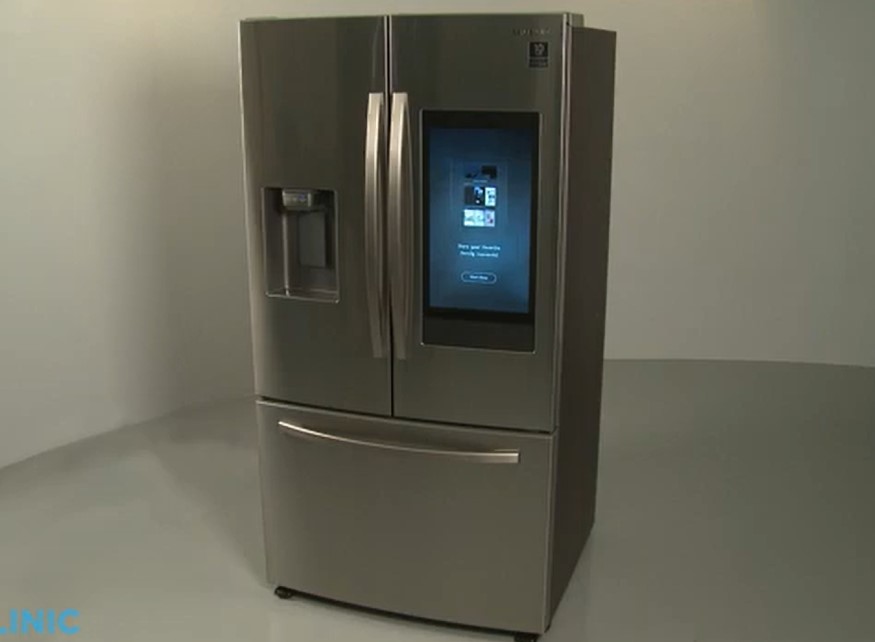
How Do I Know If My Refrigerator Condenser Fan Motor Is Bad?
If you suspect your refrigerator’s condenser fan motor is bad, there are a few ways to check. First, unplug the refrigerator and remove the cover panel that covers the condenser fan motor. You can then inspect it for signs of wear, such as cracks or rust on its body.
If you don’t see any obvious damage but still think it might be failing, use a multimeter to test its resistance. If it doesn’t show any resistance, then the motor is likely bad and needs to be replaced. Additionally, try running your fingers along each blade of the fan. If there is an obstruction or something caught in them, that could also cause issues with air circulation and thus indicate a faulty motor.
Finally, listen carefully for any unusual noises coming from your fridge when it’s plugged in. If you hear anything out of the ordinary, like loud humming or buzzing sounds coming from inside, this could be another indication that something may need replacing within the appliance’s ventilation system.
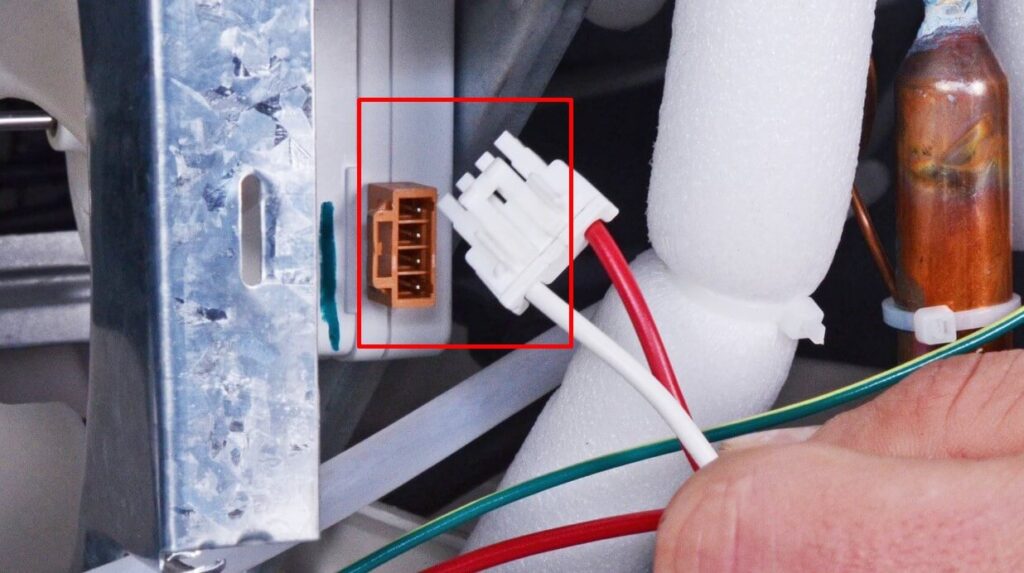
Is the Condenser Fan on a Refrigerator Always Running?
When it comes to the condenser fan on a refrigerator, there is no one answer that applies to all models. Whether or not your condenser fan is always running depends largely on the make and model of your refrigerator. For example, many older refrigerators do not have a condenser fan at all, so they are never running.
On the other hand, newer refrigerators typically have a built-in condenser fan, which may be constantly running in order to keep temperatures consistent inside the fridge while also helping reduce energy consumption by keeping components cool.
In some cases, when certain sensors detect high temperatures inside the fridge, this will trigger the condenser fan to turn on as well. Ultimately, it really depends on what type of refrigerator you have, so if you’re wondering whether or not your particular model has an always-running condenser fan, checking with your manufacturer should provide you with an answer.
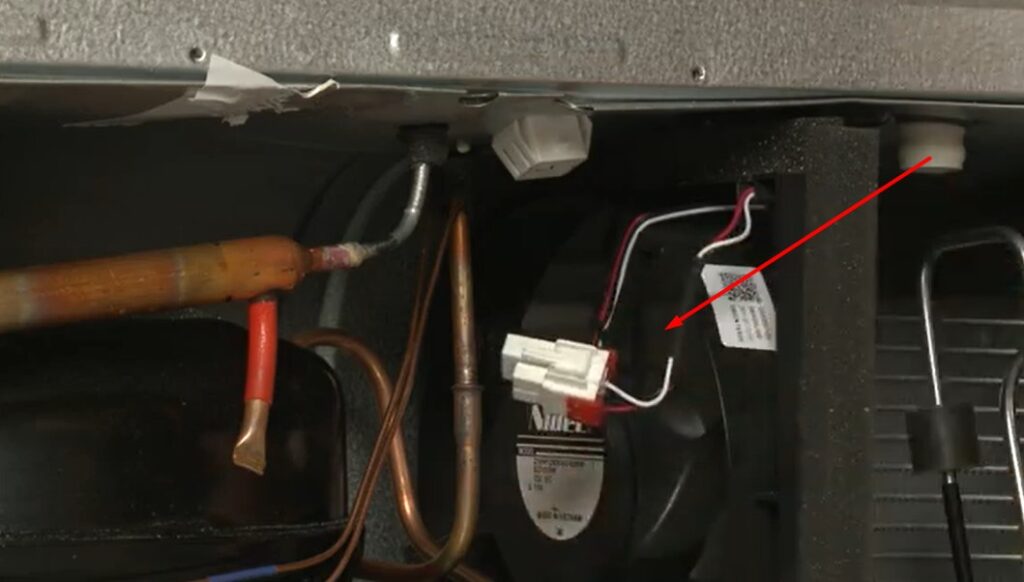
How Do You Test a Samsung Refrigerator Fan Motor?
Testing a Samsung refrigerator fan motor is an important part of maintenance and repair. To test it, you will need to check the wiring, inspect the motor itself, and use a multimeter to measure voltage.
First, disconnect the power from the fridge before removing its back panel in order to gain access to the fan motor.
Inspect all wires connected to the motor for signs of damage or corrosion. If any are damaged, they should be replaced before continuing with testing.
Next, locate two terminals on the fan motor that has continuity when pressed together—these will correspond with the positive and negative terminals on your multimeter’s leads. Using your multimeter’s “volts AC” setting (not DC!), touch one lead to each terminal while noticing what readings appear on the screen: Healthy motors should read between 110-120 volts AC at a 60-hertz frequency.
If the reading is lower than this range, then there may be an issue with either wiring or internal components within your refrigerator’s fan motor that needs addressing prior to further operation!
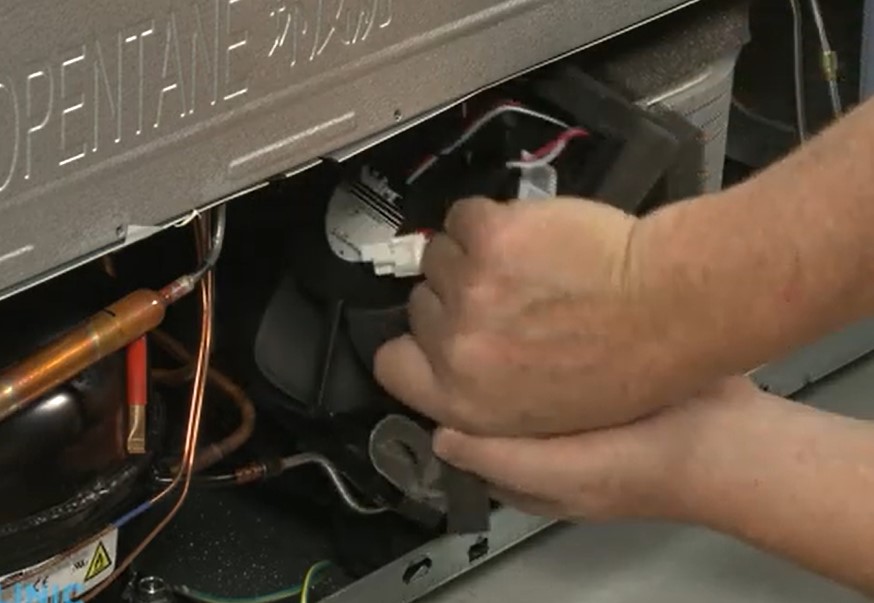
How Do You Test a Condenser Fan on a Refrigerator?
Testing the condenser fan on a refrigerator is an important step to ensure that the appliance is working properly.
To do this, you will need to unplug your refrigerator and then remove the back panel so you can access the fan. You should be able to see two wire leads connected to the motor: one for power and one for ground.
Using a multimeter set in ohms mode, touch each probe lead onto each terminal of the motor. If there is continuity between them, then your fan has passed its test and is working correctly; if not, then it’s likely time for a new fan or other repair work on your fridge’s cooling system.
It may also be necessary to check other components, such as relays or capacitors associated with the condenser fan, before concluding that everything else is functioning normally.
Samsung Fridge Condenser Fan Location
The condenser fan in a Samsung fridge is typically located on the back of the refrigerator, near the compressor. It helps to circulate air around the condenser coils and keep them from becoming too hot or accumulating dust particles.
This is an important component for proper refrigeration performance and should be checked regularly to ensure it’s functioning properly.

Samsung Refrigerator Fan Relay
The Samsung refrigerator fan relay helps to ensure that the condenser fan motor is running properly and keeps your refrigerator cool.
It works by controlling the voltage going to the fan motor, so if it becomes faulty or fails completely, your fridge may not be able to maintain a consistent temperature.
Fortunately, replacing this part is often relatively easy and inexpensive.
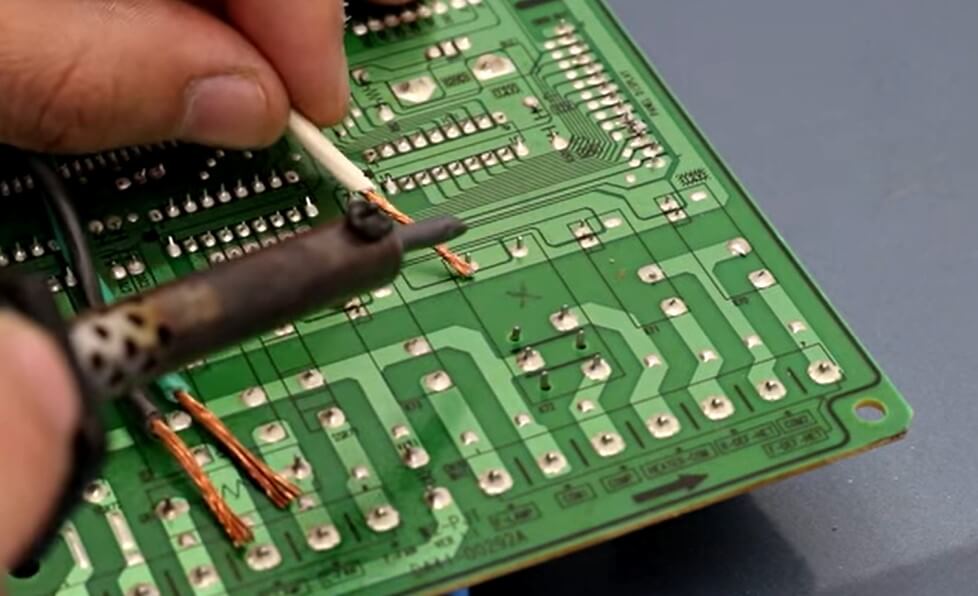
Fridge Condenser Fan Not Running
If your refrigerator condenser fan is not running, it may be due to a faulty or malfunctioning motor. This can lead to the fridge not cooling properly and can increase energy consumption.
To fix this issue, you should either check the wiring and connections of the fan motor itself or replace it with a new one if necessary.
Additionally, make sure that all vents are clear of any debris in order for air to flow freely within the appliance.
Samsung Refrigerator Condenser Fan Test
If you own a Samsung refrigerator, it’s important to perform regular maintenance on the condenser fan.
To test your condenser fan and ensure that it is working properly, simply turn off your refrigerator and remove the rear panel of the appliance.
Once removed, locate the fridge’s evaporator fan and visually inspect it for any signs of damage or debris buildup.
If all looks good, use a multimeter to check for continuity in the wiring. If there is no continuity present, then replace the condenser fan before turning your Samsung fridge back on again.
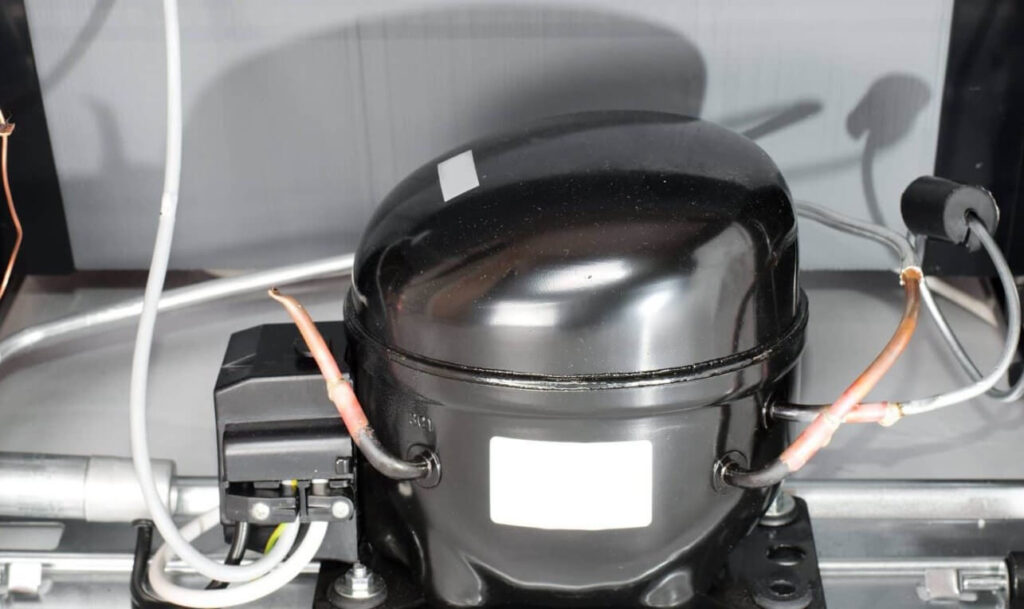
Samsung Refrigerator Freezer Fan Replacement
Replacing the fan in your Samsung refrigerator and freezer is an easy task that can be done in under 20 minutes with just a few simple tools. The fan helps keep the temperature inside your fridge and freezer consistent.
So, it’s essential to make sure you have a working one at all times. If you’ve noticed excessive noise coming from your Samsung fridge or if it isn’t cooling properly anymore, then it may be time to replace the fan.
You’ll need a Phillips-head screwdriver, pliers, and a new replacement fan for this job.
Samsung Refrigerator Condenser Fan Replacement
Replacing the condenser fan on a Samsung refrigerator is an important step in maintaining your appliance. Depending on the model, replacing this part may require some basic knowledge of electrical components and tools such as a Phillips head screwdriver.
Some models also require you to remove panels or shelves from the refrigerator before accessing the fan.
Once you have access to the condenser fan, it is important to unplug the power from your refrigerator before starting any work.
After doing so, simply remove and replace it with a new condenser fan that matches your specific make and model number for optimum performance!
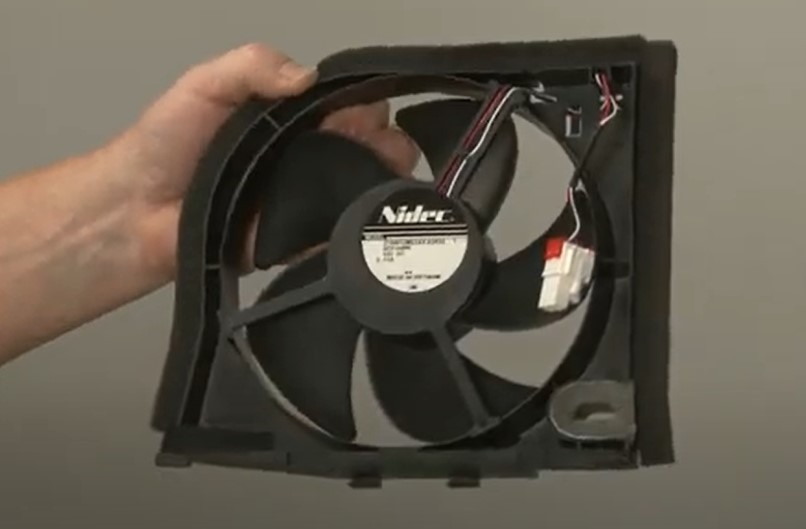
Conclusion
Overall, it is important to take the necessary steps to diagnose and repair a Samsung fridge condenser fan that is not working. It can be a daunting task, but knowing what parts need to be replaced or checked for potential problems can help make the process easier.
Taking apart your refrigerator and troubleshooting each component may seem like an overwhelming task; however, it is possible with some patience and research.
If all else fails, contact a qualified technician that specializes in such repairs for assistance.
